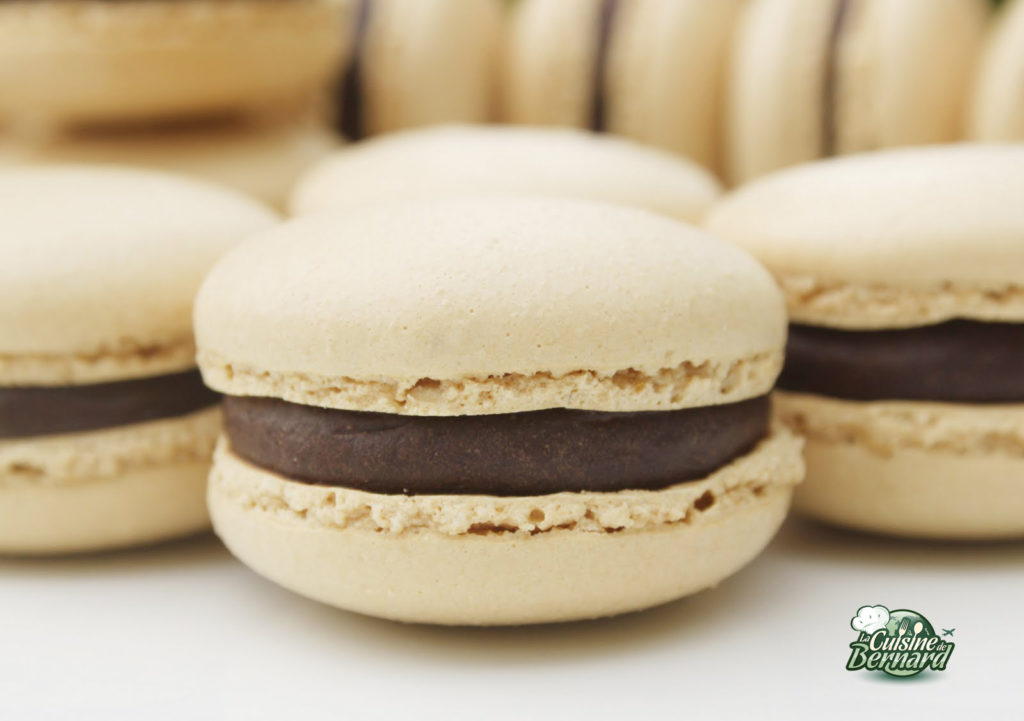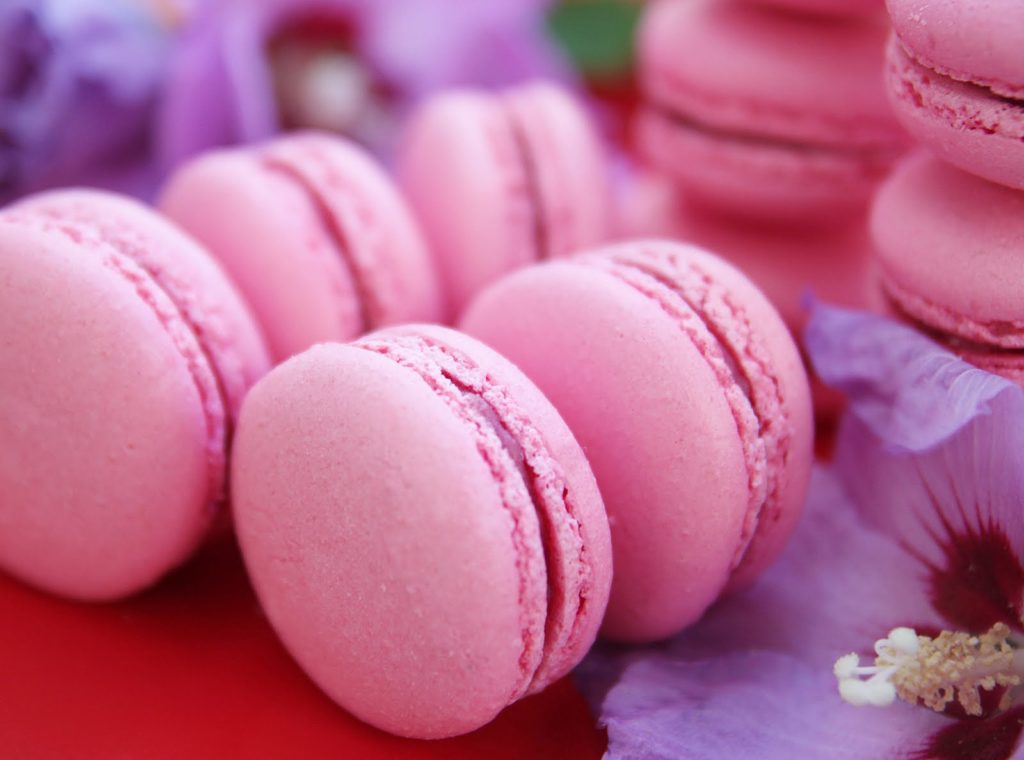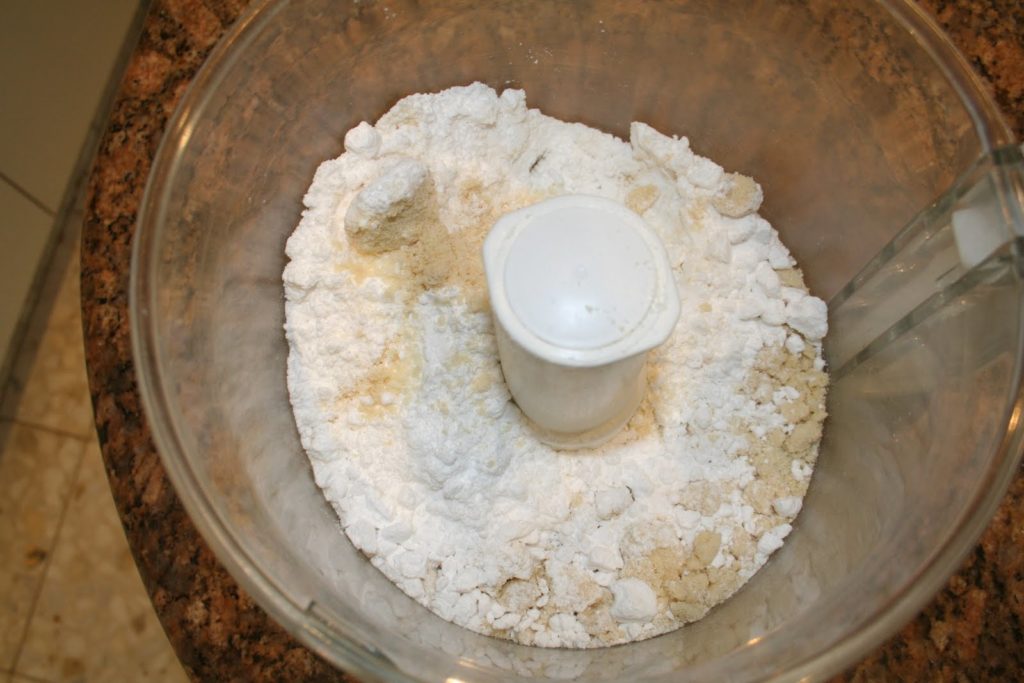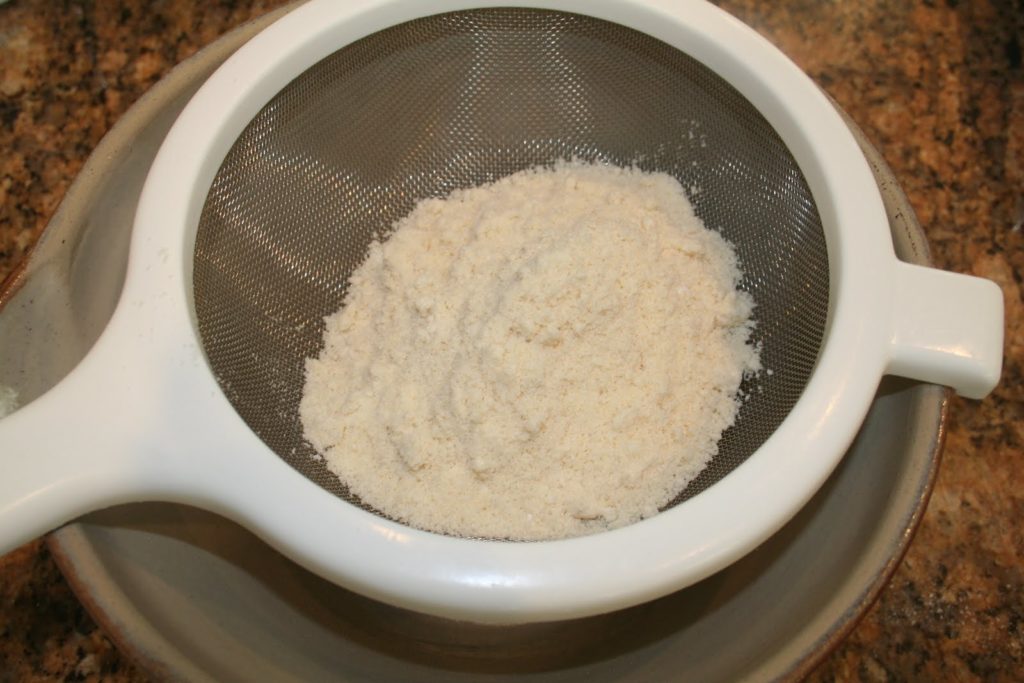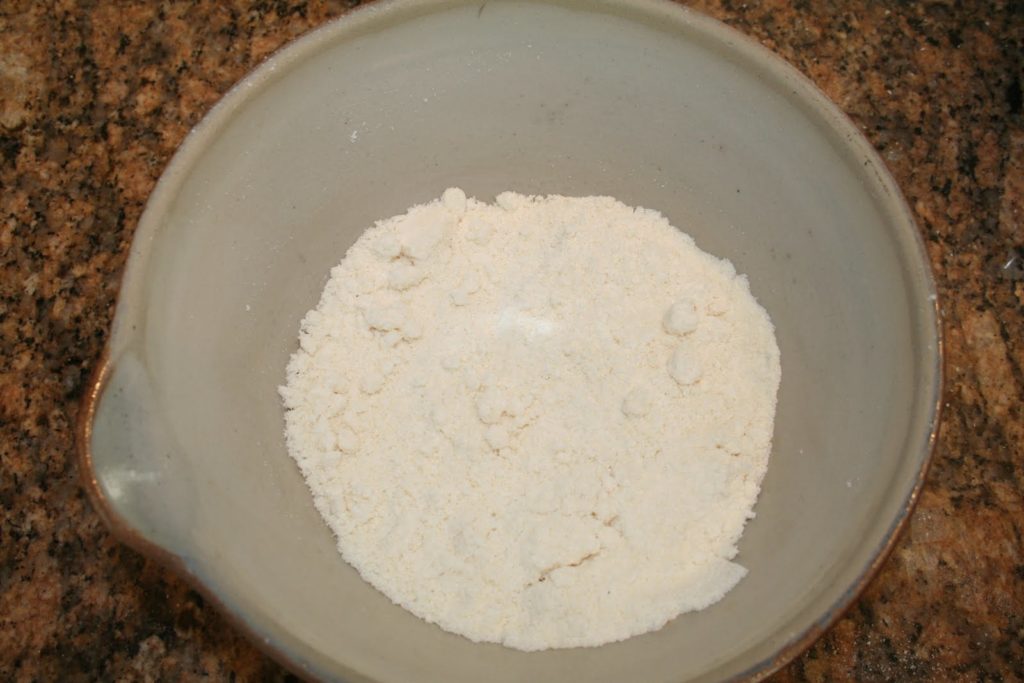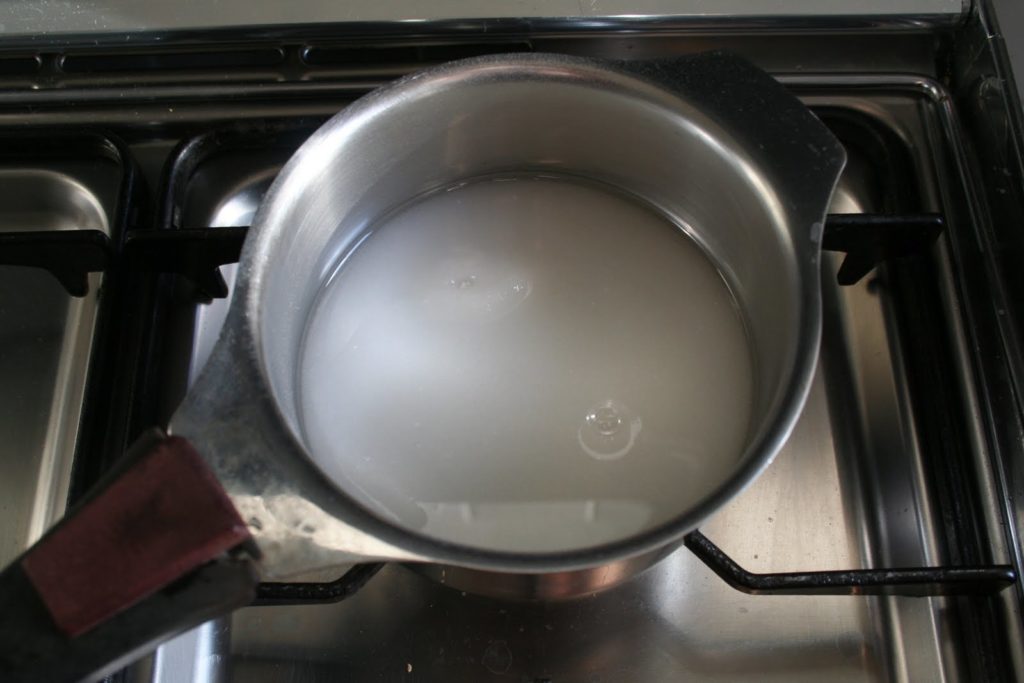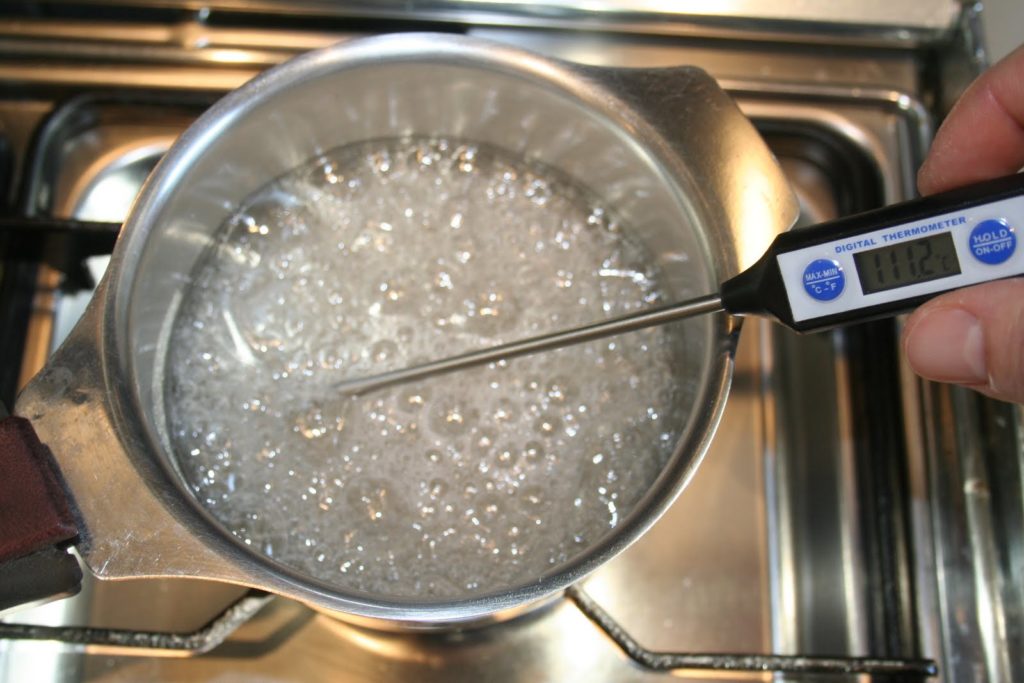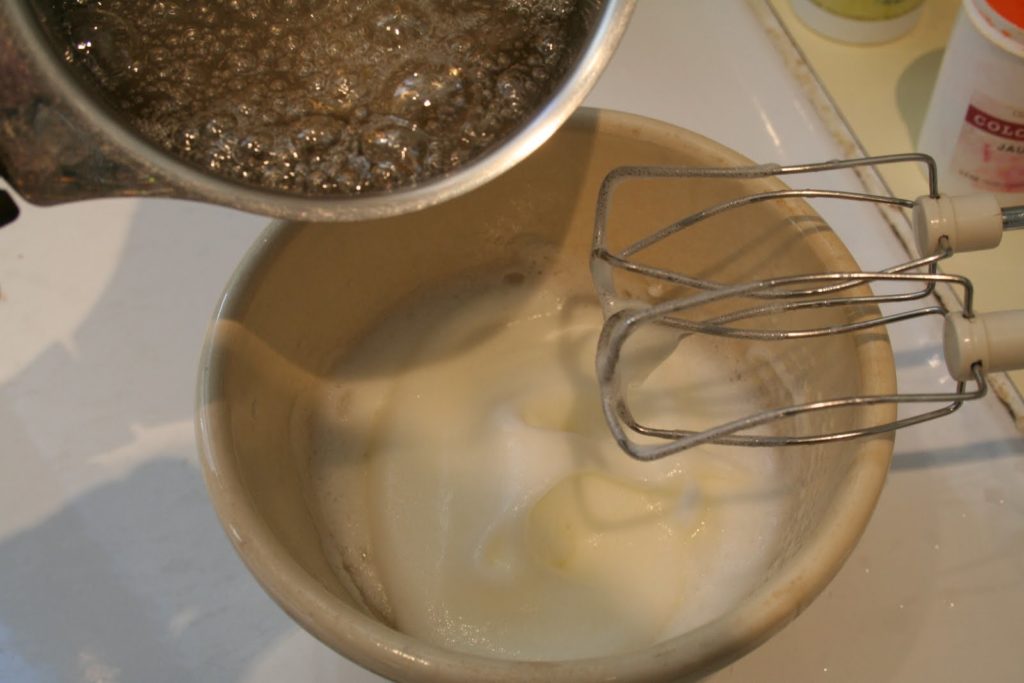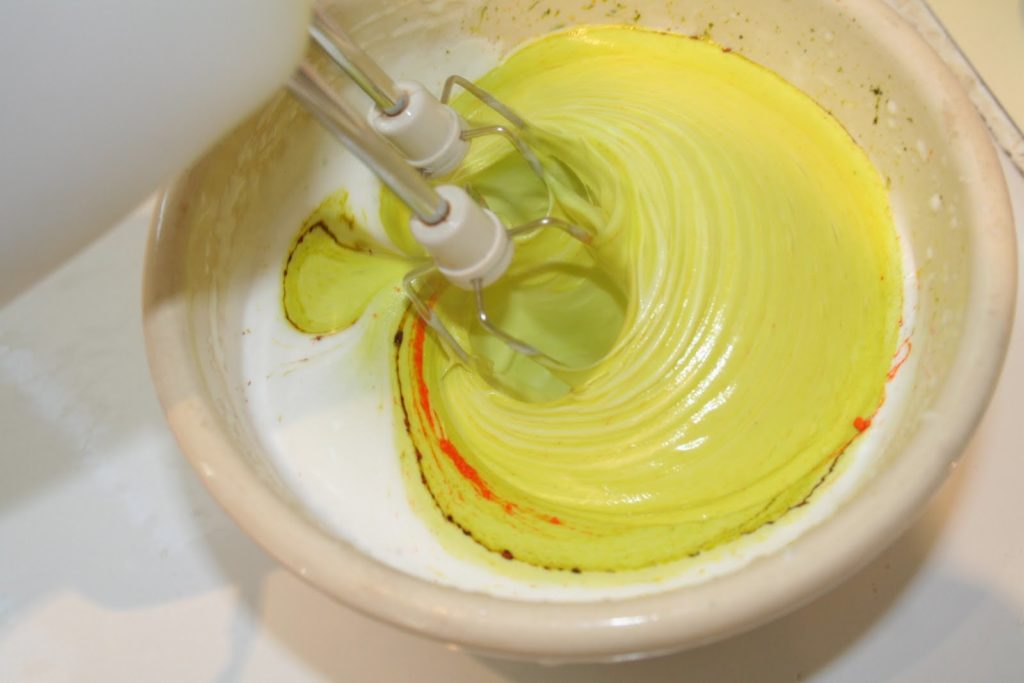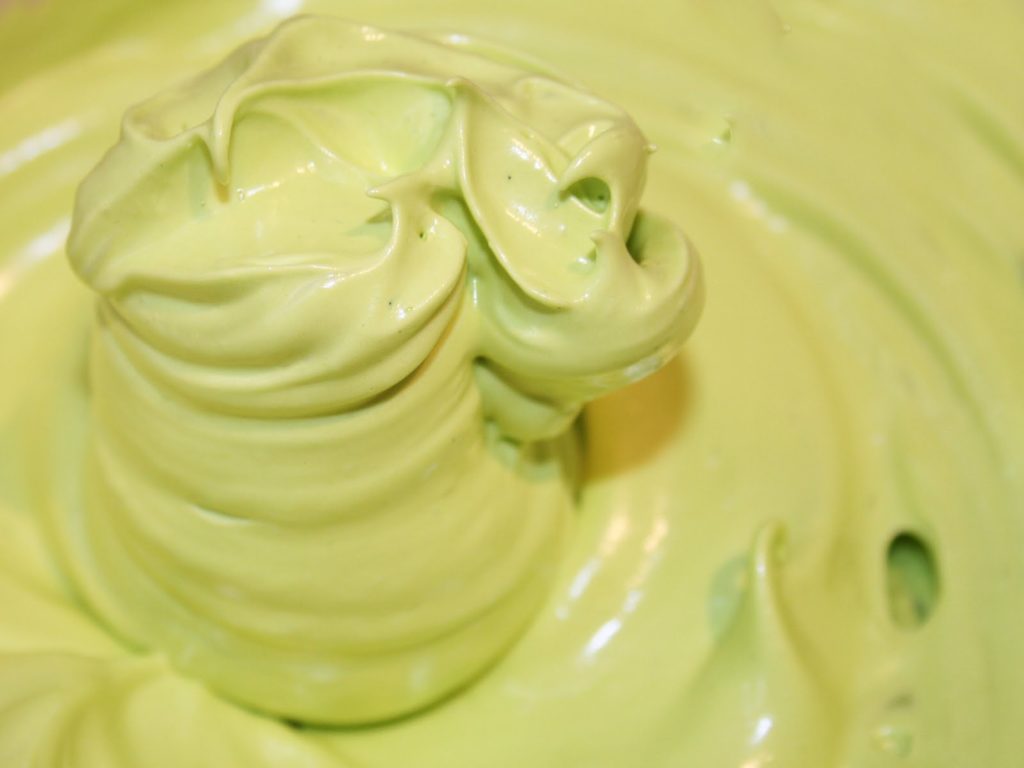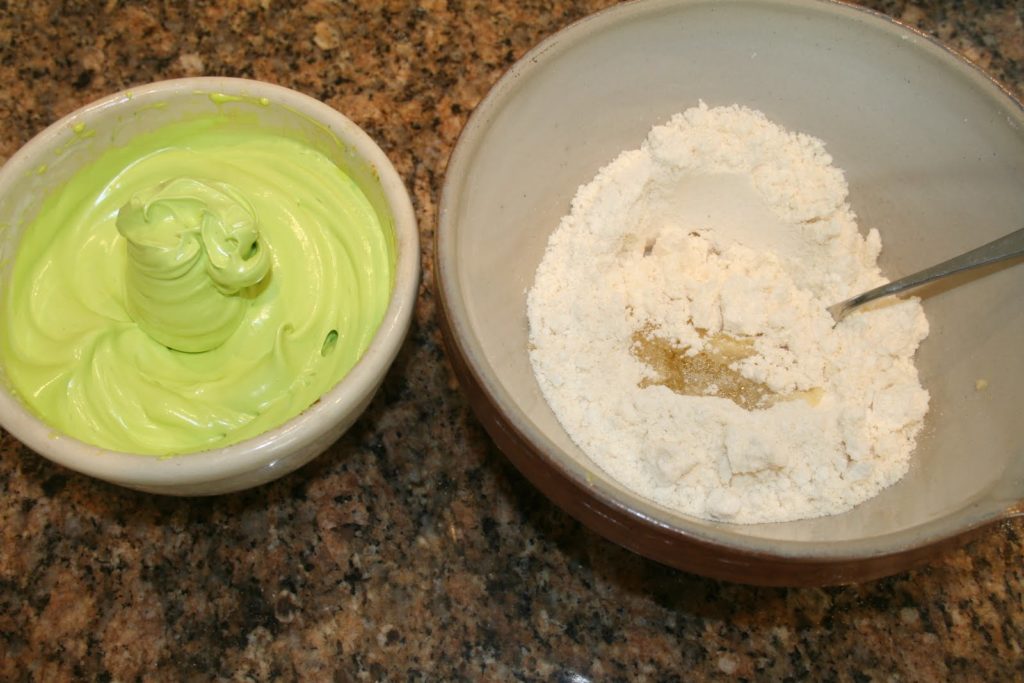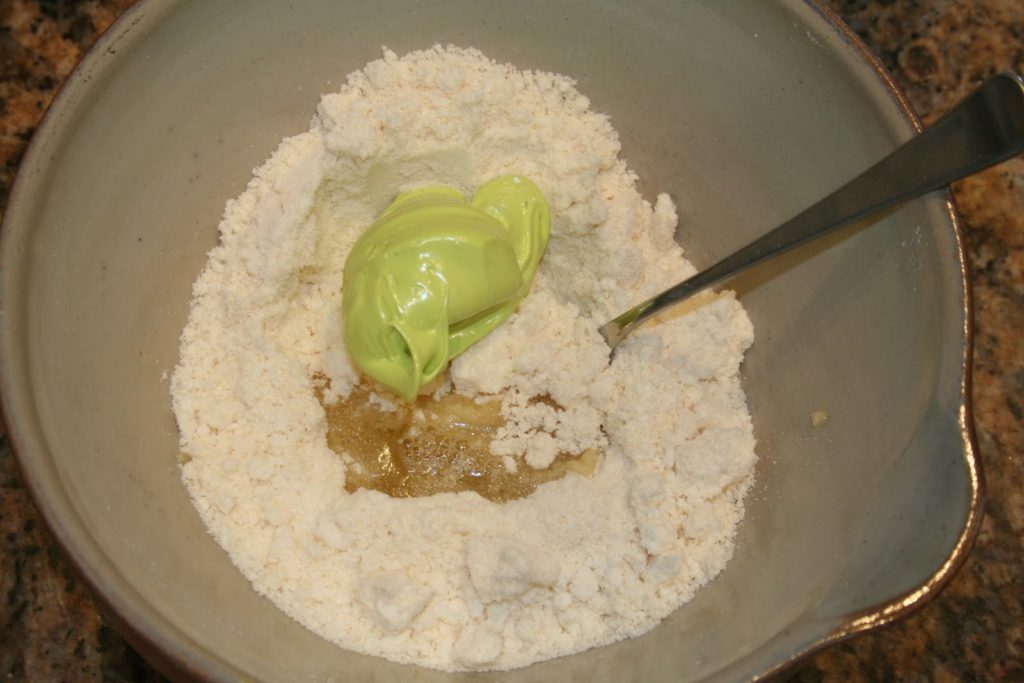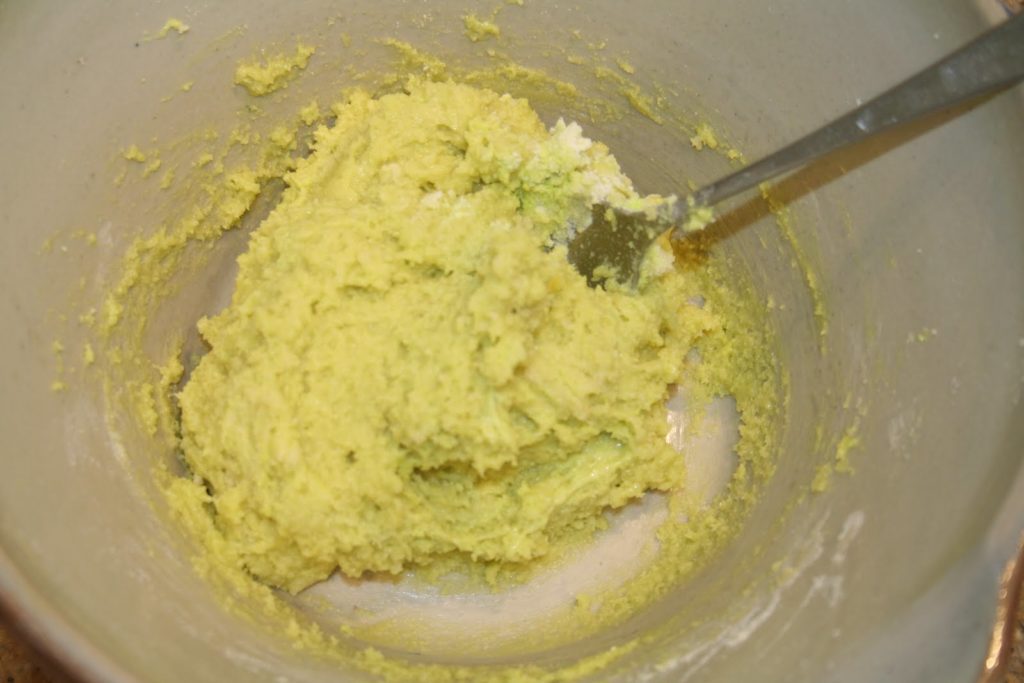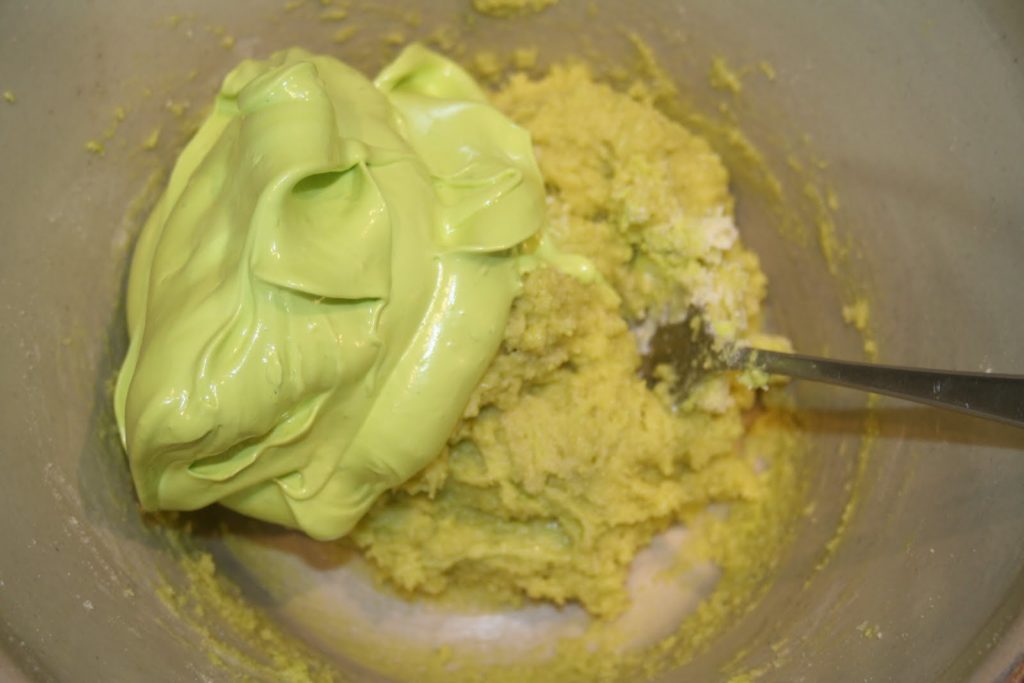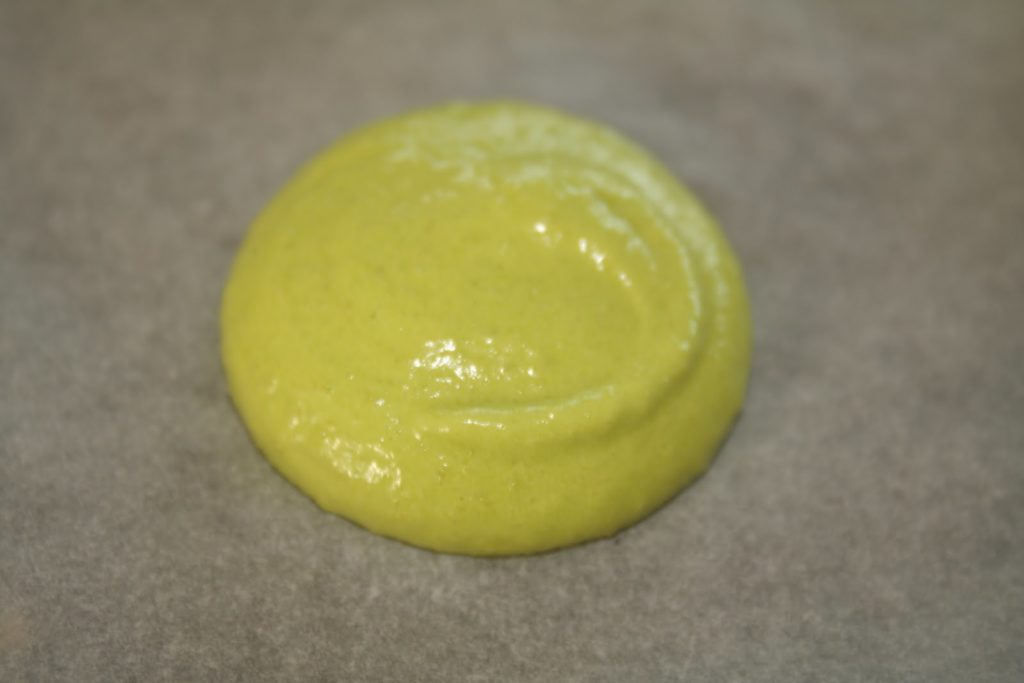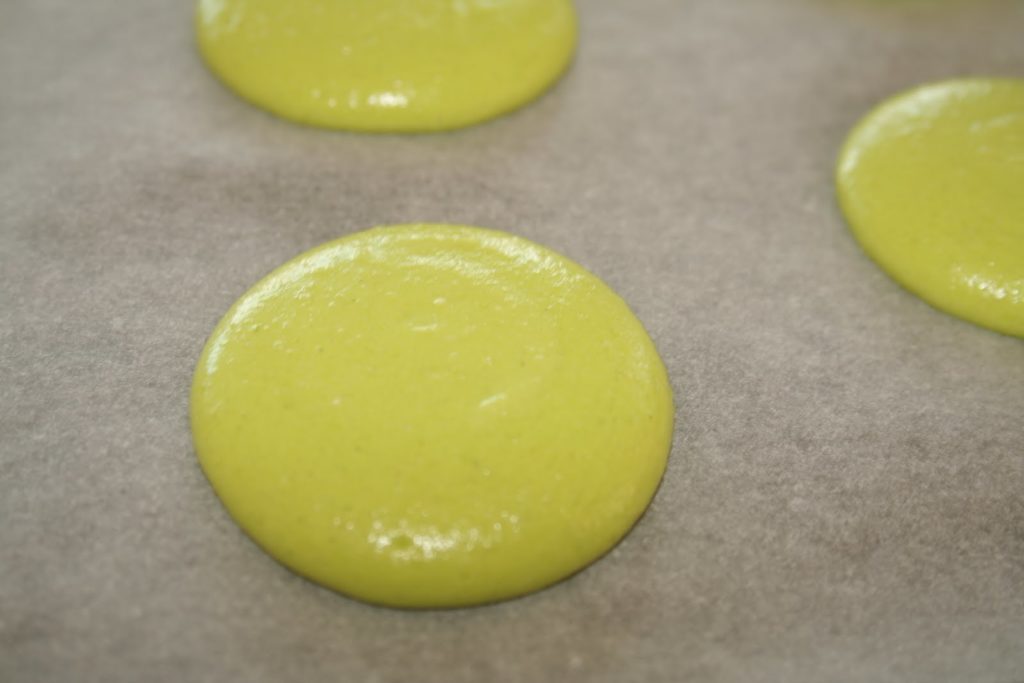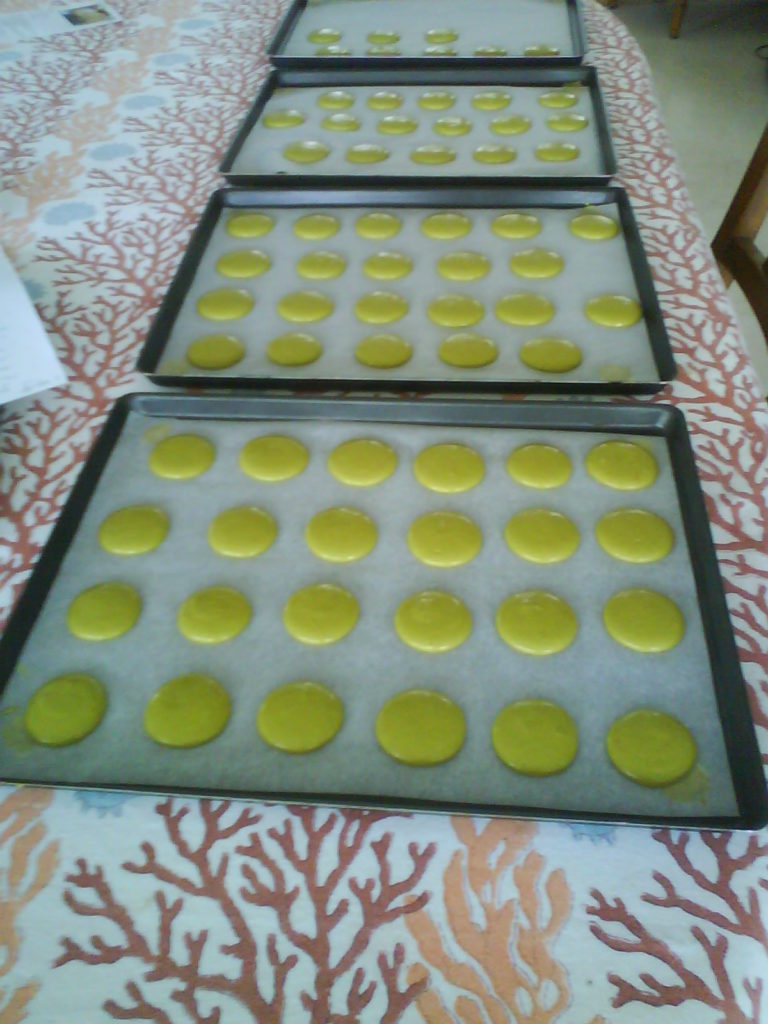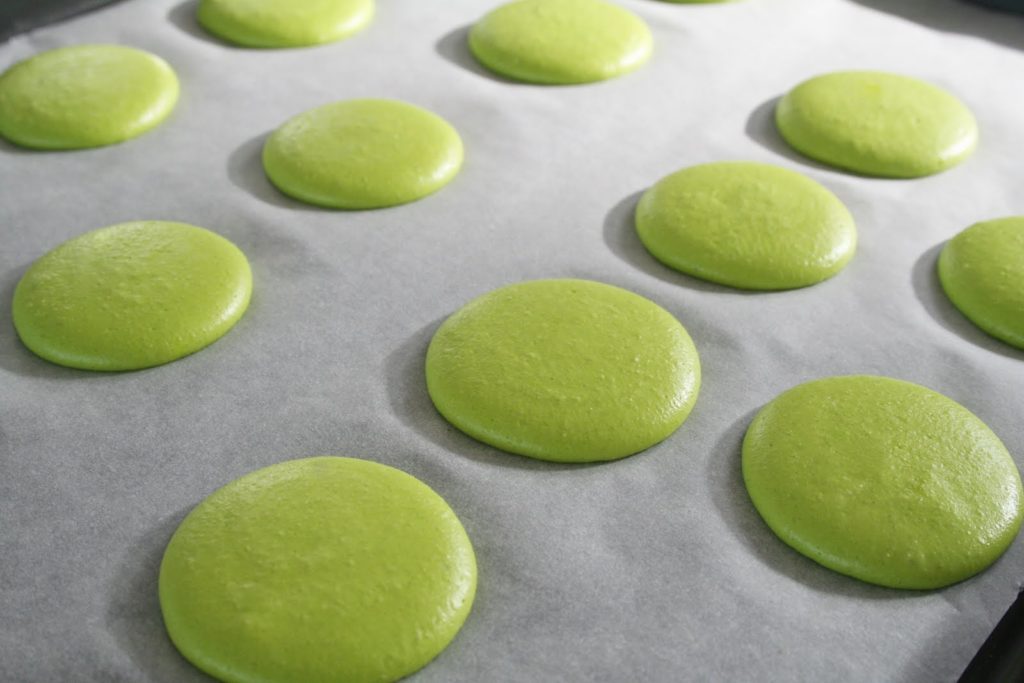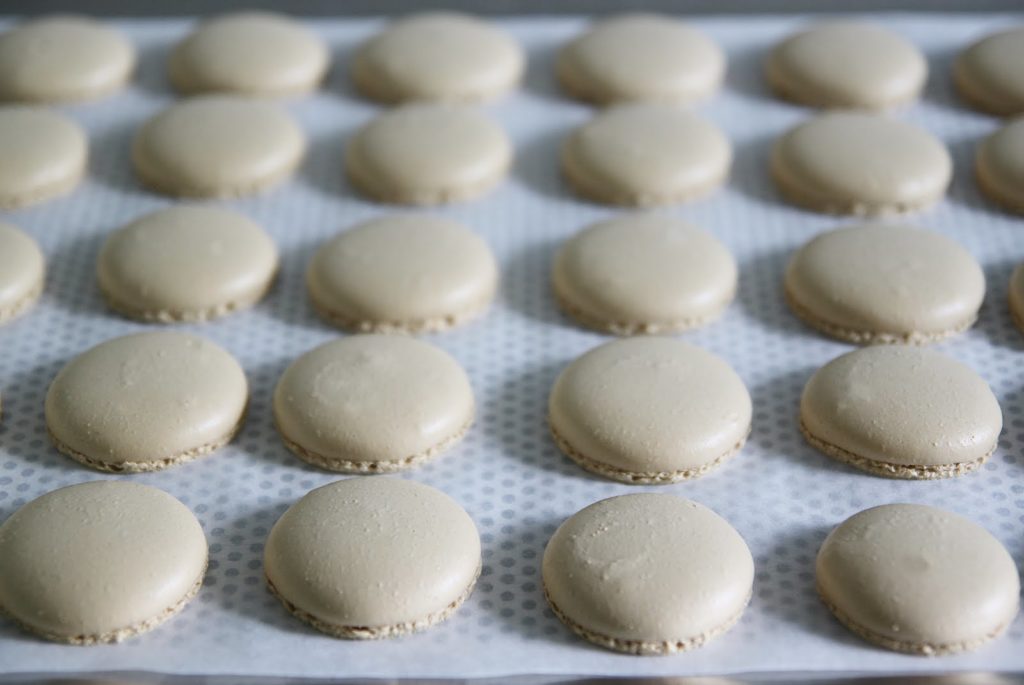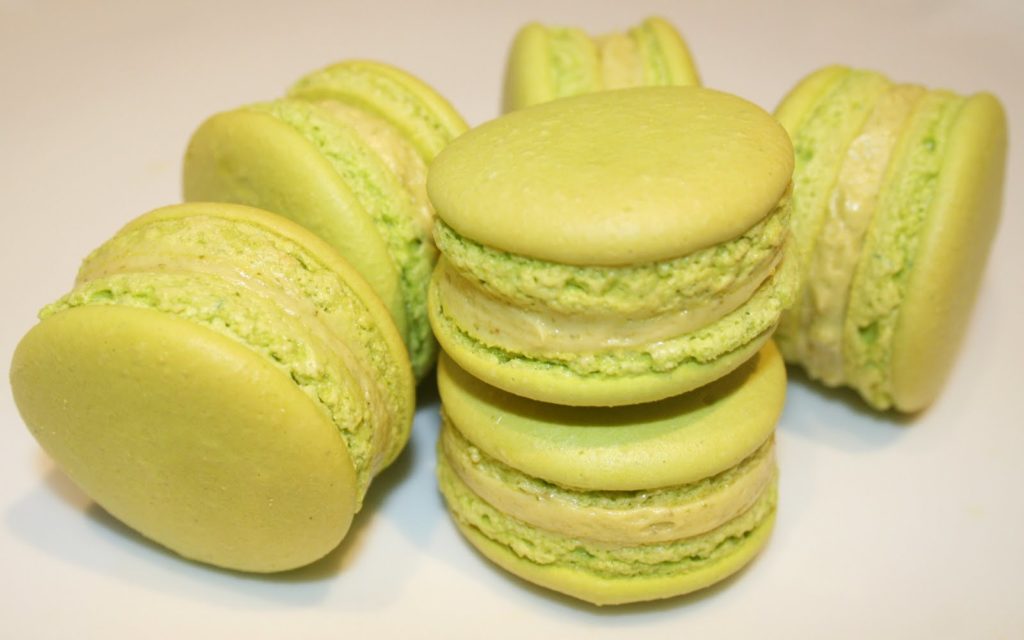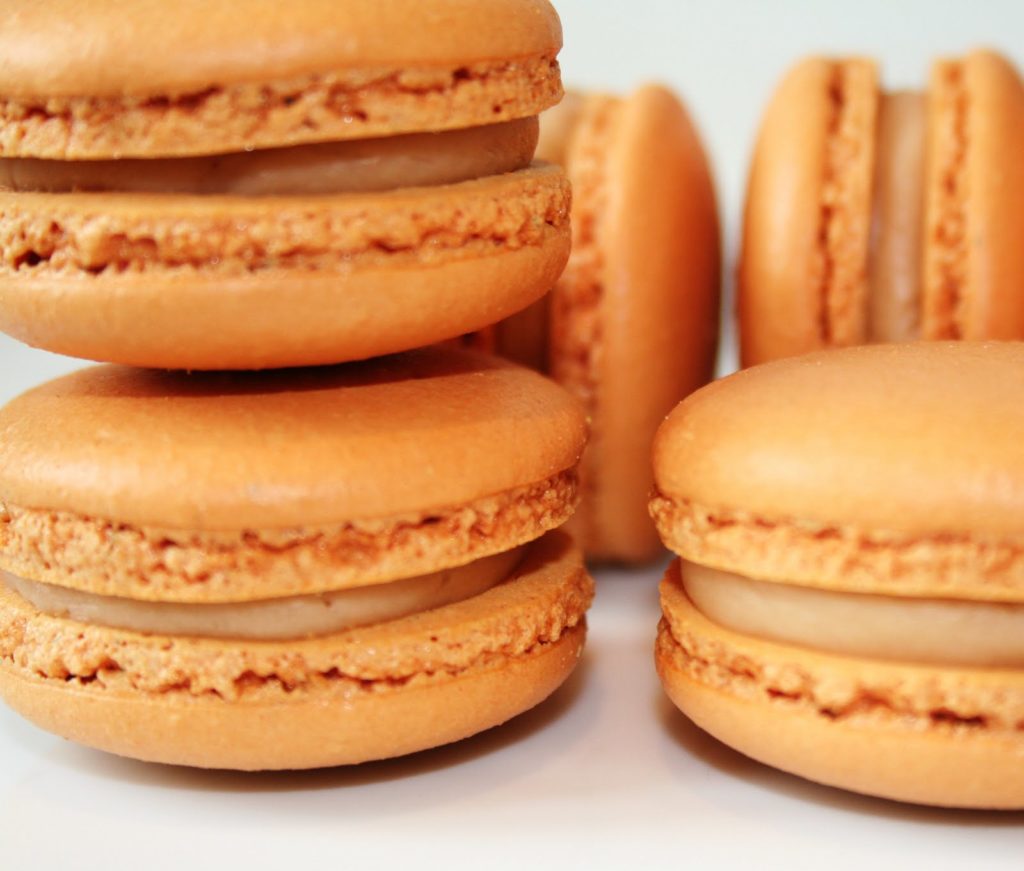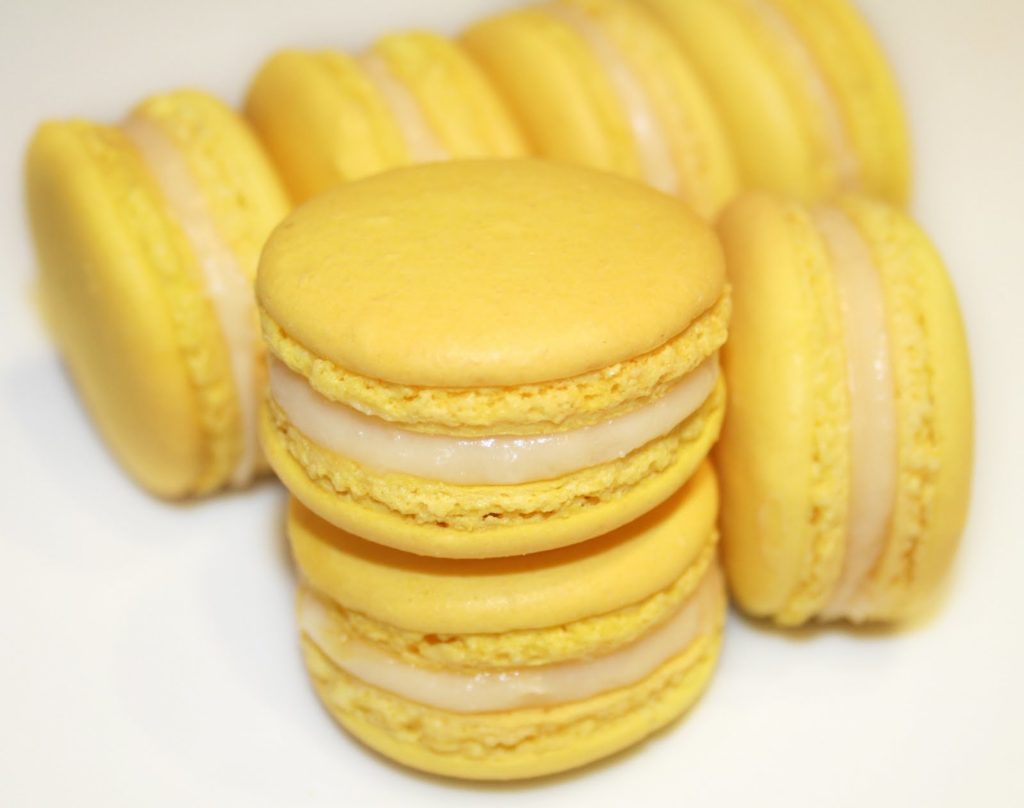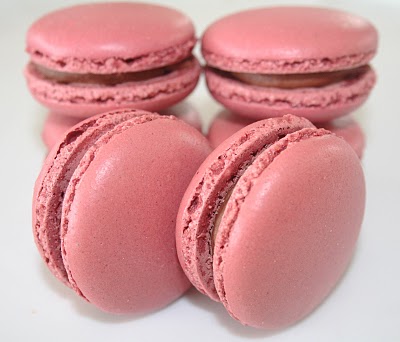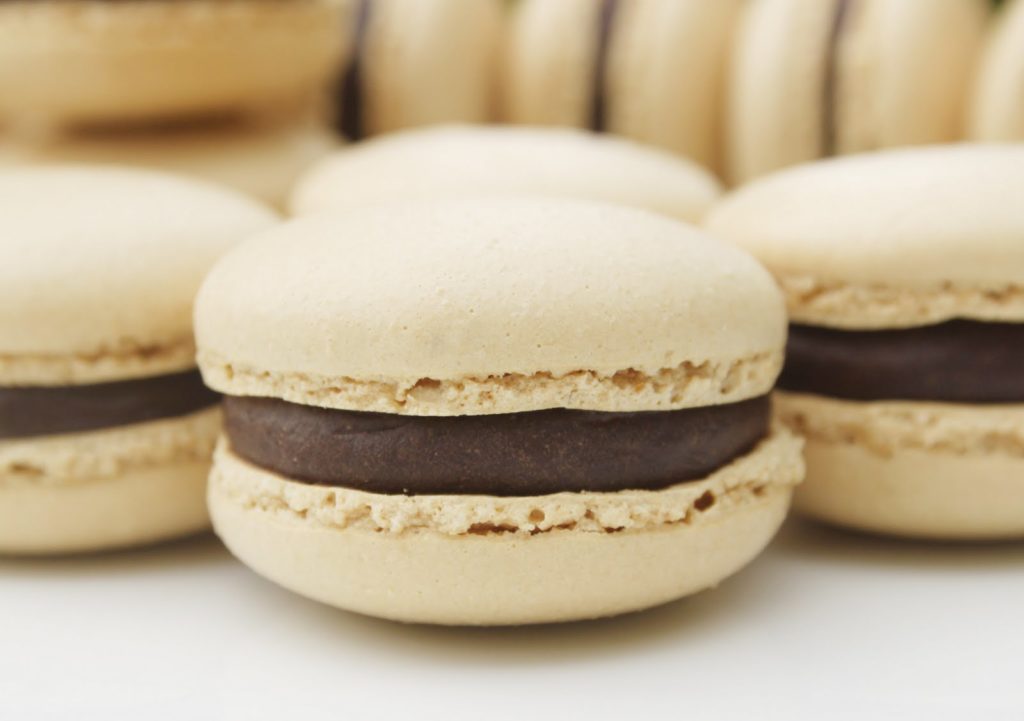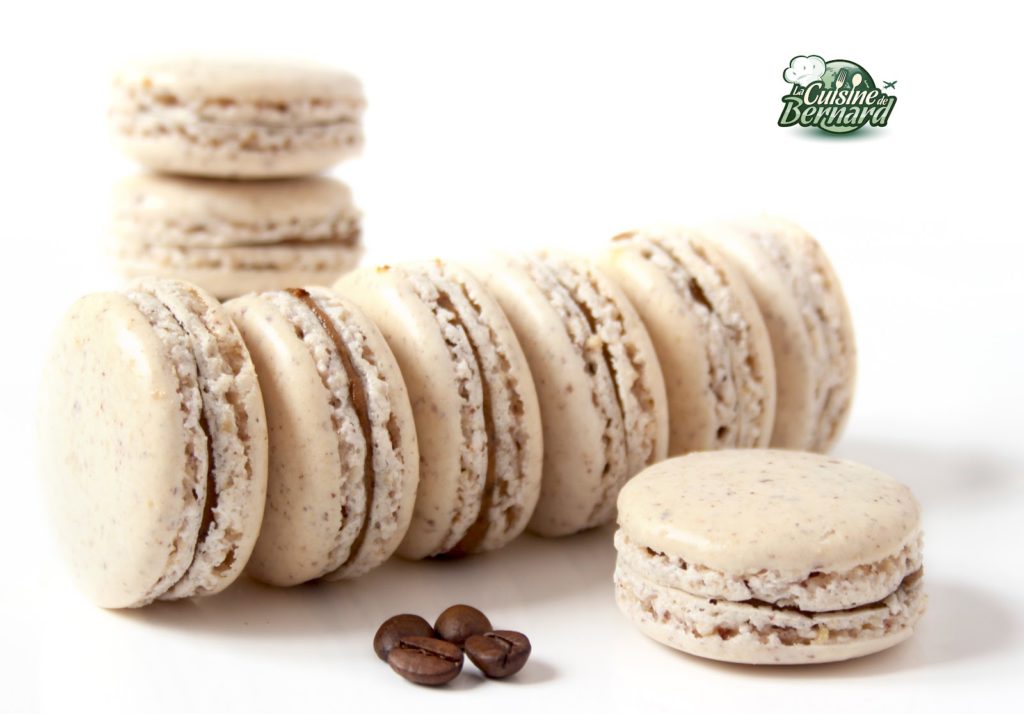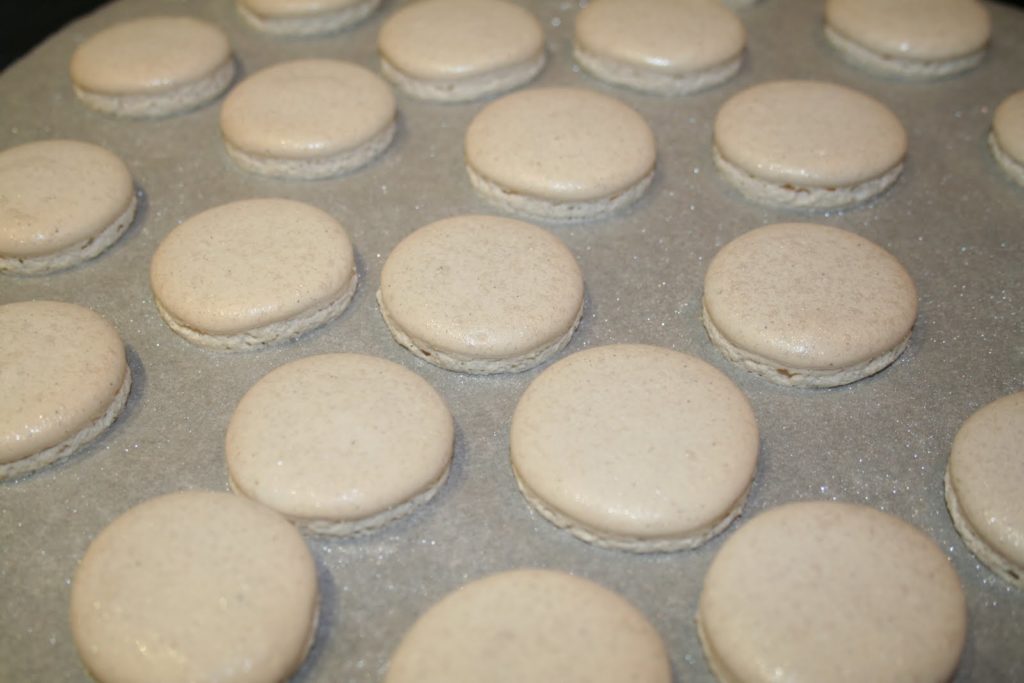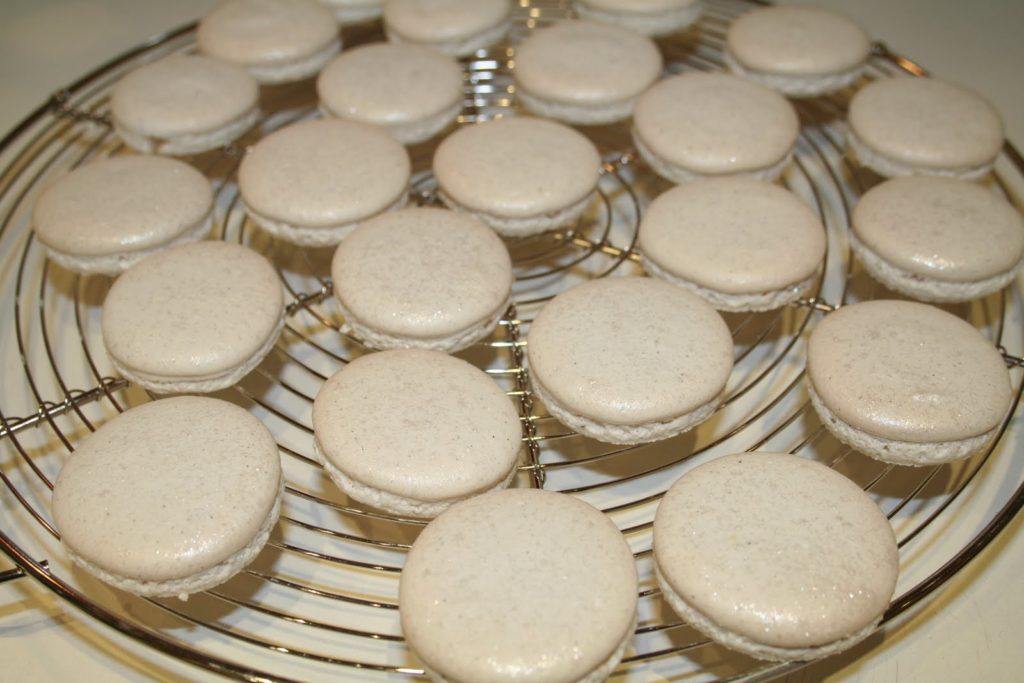1.3K
Bernard’s advice
Always use powdered dyes, those that are liquid do not give beautiful colors and lose it during cooking!
Bernard’s advice:
you need to prepare the baking sheets in advance, I use 4 sheets for this proportion of dough. You have to cut the paper well so that it does not overflow. Once the plates are ready, you can continue with the piping bag!
Bernard’s advice:
What I’m about to say is going to sound a little unlikely. Ladurée has always seemed to me to be perfection for macaroons. This is still the case, but after all I understand that not everyone likes it. The difference with the others is a really perfect macaron, flat on top with a nice foot and all absolutely identical. As for the fact that they are all the same, I understand very well, because it is the gesture to form the pastry dots with the piping bag that counts. So, with time we get there. However, it is this flat side that drove me crazy! I looked for the solution, thinking at first that it was the dough that should be a little more liquid, but no, the dough didn’t cook the same way anymore. I also thought they used a chablon (a kind of mold) so they could smooth out the dough. I made this chablon myself and the result was a disaster! Then how??!! Well I discovered it by chance. What I explained before, tapping lightly and well that was the secret. So let me insist. One day I made a macaroon dough that wasn’t fluid enough, so I had to force the dough to smooth out. How do you do it? By taking the plate in your hands and dropping it at least 30-40cm high on the table! The shock flattened the macaroons (not yet cooked!!). Not yet satisfied, I started again two or three times. The result was just right. The little peaks on the dough had disappeared. But now I get it! Just do this every time and the macaroons flatten out! So here’s my secret to flat macarons on the surface.
Bernard’s advice:
inthe books it is often asked to stack the plates, that is to say to put the plate with the macaroons before baking on two other identical plates. I tried it with and without. Verdict: it is PERFECT!!!! It doesn’t change anything and I even prefer without these famous plates underneath because the macaroons don’t bake underneath and to take them off is a nightmare! And my macaroons HAVE the collar, their very special foot! And no my macaroons are not overcooked! They have all their softness after a night or two in the refrigerator. Let’s hear it…
I give here all the tips to make the best macaroons. I don’t hide the fact that you need a little bit of help but no real insurmountable difficulty. You can get it right the first time and then miss it. I’ve made thousands of macaroons, but I must admit, looking back, that at first they weren’t so great! I especially remember making 600 for my mom’s 60th birthday, but I made a big mistake! I froze them. And since it was very wet, as it thawed, they got a little soggy.
Two schools of thought on the button process.
The first method is to add stiffly beaten egg whites to the almond powder/icing sugar mixture. I don’t like the result.
A second method, that I prefer and that I explain here, with still the mixture of almond powder/ice sugar (so much for so much) but to which we add an Italian meringue, that is to say whites assembled in snow on which we pour a cooked sugar to the big ball. The result is pre-baked macaroons that require less time in the oven, so they lose less color and brown less. Besides, the shell crusts better and will resist better, thus giving a beautiful collar (or foot) so particular to the macaroon!
Recipe for about thirty macaroons:
-150g of powdered sugar
-150g almond powder
-60g of egg white
For the Italian meringue
-50g of egg white
-150g of caster sugar
-35g of water
-A pinch of cream of tartar (or a few drops of lemon juice)
Put the almond powder and powdered sugar in a blender. Then let the machine run for two or three minutes.
Pour contents into a fine strainer over a bowl. Sift the whole.
This process involves mixing the sugar and almond powder well and will give the macaroons a smoother appearance.
For the Italian meringue, pour the caster sugar and water into a saucepan and heat over moderate heat.
The mixture should reach 117°C, but you should start beating the egg whites when the sugar reaches 110°C.
When the sugar reaches this temperature or a little before, beat the eggs (the 50g!!) not too firm with a pinch of cream of tartar or a few drops of lemon juice. This is to prevent the whites from “seeding”.
N.B.: The cream of tartar, contrary to its name, is not a cream, it is a white powder, by-product of the manufacture of wine. It stabilizes by its acidity, the beaten egg whites and prevents the crystallization of sugar in confectionery.
When the sugar finally reaches 117°C, drizzle it over the egg whites while continuing to whisk with an electric mixer, (which I am not doing in the photo because I was taking the picture!)
Continue to whisk and then add the powdered coloring if needed.
Bernard’s advice
Always use powdered dyes, those that are liquid do not give beautiful colors and lose it during cooking!
Continue whisking until whites are 45°C.
We can now proceed to the assembly of white/powder. And that’s when it all comes down to it! Put the remaining 60g of egg whites in the powdered sugar (so much for so much).
Add a tablespoon of meringue to the first mixture and begin mixing thoroughly.
The resulting mixture is quite firm!
Then add the rest of the mixture as you go along, this time mixing gently as you would for a mousse, i.e. by lifting the dough!
When all the meringue has been added, continue to work the dough with a spatula, crushing it a little. The dough is being “macaronized” to give it three adjectives:
SMOOTH, SMOOTH and SHINING!
When you lift the dough, when you make it fall back, it should soften a little but not too much, should not be liquid but not firm either!
With a pastry bag equipped with a 8mm tip, make small piles of dough on baking sheets lined with parchment paper
.
.
Bernard’s advice:
you need to prepare the baking sheets in advance, I use 4 sheets for this proportion of dough. You have to cut the paper well so that it does not overflow. Once the plates are ready, you can continue with the piping bag!
Hold the bag vertically and make macaroons of about two centimeters and space them enough. You can put 24 macaroons per plate (4X6).
The macaroon will then spread a little if the dough has been properly made. You can tap the plate lightly on the table to force the dough to spread and lose the imperfections caused by the piping bag or poor handling.
Bernard’s advice:
What I’m about to say is going to sound a little unlikely. Ladurée has always seemed to me to be perfection for macaroons. This is still the case, but after all I understand that not everyone likes it. The difference with the others is a really perfect macaron, flat on top with a nice foot and all absolutely identical. As for the fact that they are all the same, I understand very well, because it is the gesture to form the pastry dots with the piping bag that counts. So, with time we get there. However, it is this flat side that drove me crazy! I looked for the solution, thinking at first that it was the dough that should be a little more liquid, but no, the dough didn’t cook the same way anymore. I also thought they used a chablon (a kind of mold) so they could smooth out the dough. I made this chablon myself and the result was a disaster! Then how??!! Well I discovered it by chance. What I explained before, tapping lightly and well that was the secret. So let me insist. One day I made a macaroon dough that wasn’t fluid enough, so I had to force the dough to smooth out. How do you do it? By taking the plate in your hands and dropping it at least 30-40cm high on the table! The shock flattened the macaroons (not yet cooked!!). Not yet satisfied, I started again two or three times. The result was just right. The little peaks on the dough had disappeared. But now I get it! Just do this every time and the macaroons flatten out! So here’s my secret to flat macarons on the surface.
Then let it “crust” for 2 hours. This operation is ESSENTIAL!!!
I once wanted to be clever and put directly in the oven, result: macaroons that most of the time cracked on the whole surface! Allowing the macron to crust will force it to swell from underneath and thus create its characteristic foot.
I’ve just changed my perspective by going back to not baking and the macaroons are beautiful. You can therefore cook them directly after forming them. On the other hand, the weather changes a lot of things.
Preheat oven to 140°C. Place a rack in the middle of the oven. When the oven is hot, place a sheet of macaroons on the rack and bake for 16 minutes, depending on the power of the oven.
Bernard’s advice:
inthe books it is often asked to stack the plates, that is to say to put the plate with the macaroons before baking on two other identical plates. I tried it with and without. Verdict: it is PERFECT!!!! It doesn’t change anything and I even prefer without these famous plates underneath because the macaroons don’t bake underneath and to take them off is a nightmare! And my macaroons HAVE the collar, their very special foot! And no my macaroons are not overcooked! They have all their softness after a night or two in the refrigerator. Let’s hear it…
I cook plate by plate, because if you put several plates at the same time, they will not cook in the same way. I give the reason for this in the recipe for
almond tiles
.
almond tiles
.
When I get out of the oven, I leave the macaroons on the parchment paper on the baking sheet and I put another baking sheet in the oven.
If you leave the macaroons on the baking sheet, they will just heat up from underneath for a few more moments.
When the first plate is cooled, I take a pastry spatula and peel off the macaroons without any difficulty! Forget about this so-called trick of putting water under the paper to create a steam that takes off the macaroons. It works great without!
You can then sort the macaroons by size if you haven’t managed to make them all the same. But with time we manage to make them all the same!
Fill the macaroons with the chosen filling using a piping bag and leave in an airtight box. Then place the box in the refrigerator overnight. It will create an osmosis between the filling and the macaroon.
The filling is as, or even more important than the macaroon itself. It must be perfect because if it is too wet, it will soak the macaroon (this is the typical example of commercial recipes for lemon macaroon).
I will be posting various toppings of my own.
For now:
(Click on the name of the recipe to access it).
–Pistachio macaroon filling
–White chocolate raspberry macaroons
Example of macaroons I made in June 2009.
Vanilla with silver shells: (recipe coming soon, time to make it!)

